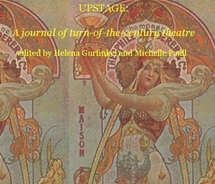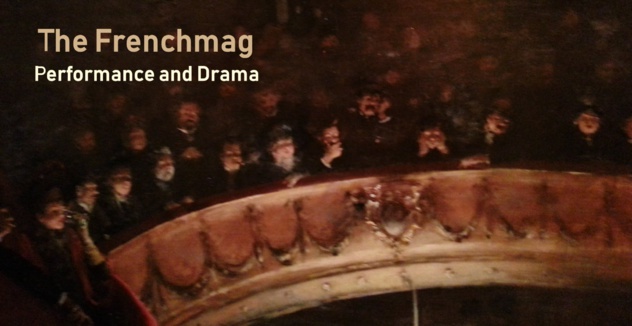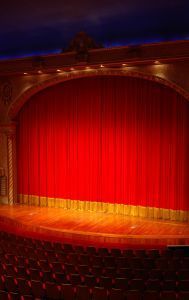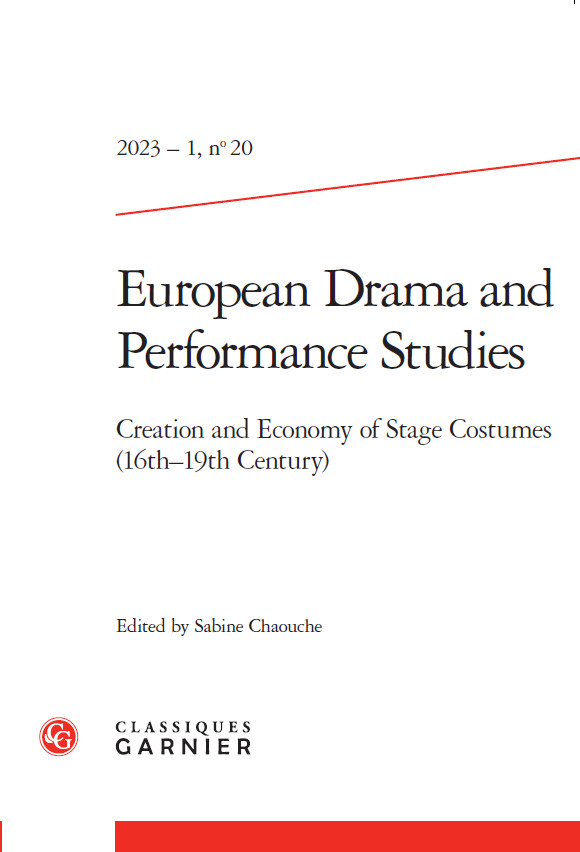In it you will find:

Susan Shelangoskie’s article entitled “Spiritualism and the Representation of Female Authority in Shaw’s Getting Married.” In her innovative essay, Shelangoskie discusses a 2008 Ontario Shaw Festival production of the play and argues that the location of Mrs. George, a spiritualist medium, at the center of the play’s discourse draws provocative connections between the qualities of the spirit and the medium at a séance and the emerging modes of female authority.
Ellen E. Dolgin’s article ‘The Landscape of Beyond: Barbara’s Disillusionment and transformation in Bernard Shaw’s Major Barbara,” which focuses on the battles between youthful rebellion and established social mores through an examination of the roles of Major Barbara and Andrew Undershaft. Dolgin links this rage against the status quo with that of Vivie Warren and her mother in Mrs Warren’s Profession and ponders the curiously revisionist ending of the play from such an apparently feminist dramatist.
Charles Marowitz’s current research project, “The Fall of Meyerhold,” which examines the reasons behind Meyerhold’s fall from grace and explores the innovations and legacy of Meyerhold’s work. Considering politics and contemporary anxiety about the reaches of the state to on-going concerns about censorship, Marowitz notes that Meyerhold was at the forefront of experiments not only from the standpoint of the theatre experience of the practitioner, but also from that of the audience. Marowitz argues that “Meyerhold forced audiences to interpret not merely the implications of story-telling but the kinesthetic reality of actors acting.” He places Meyerhold firmly at the centre of phenomenological approaches to theatre practice, linking his artistic developments, like Picasso’s, to contemporary explorations of theatre and synaesthetics, as well as and to the theoretical approaches of Barthes and Derrida.
Tara Aveilhe’s review of The Collected Letters of Ellen Terry, Vol. I (Katharine Cockin, ed., London: Pickering and Chatto, 2010), a much-anticipated volume that offers fascinating insight into the actor’s creative and personal life.
Arline Cravens’s review of Routledge Drama Anthology and Sourcebook (Maggie B. Gale and John F. Deeney, eds., New York: Routledge, 2010), a capacious and ambitions collection of the foundational texts of modern(ist) theatre.
The details of Michelle Paull’s lecture on G.B. Shaw, as well as several other announcements of interest to the scholars and students of theatre and the fin de siècle.
As always, we owe a debt of gratitude to David Rose for his tireless work, encouragement, and support. Special thanks to Steven Halliwell of Rivendale Press, Richard Dietrich, John McRae, Jeffrey Skoblow, and Lawrence Switzky, as well as to our authors and to our colleagues from the “Rose Garden.”
Please note that we now accept submissions all year round. Ideas for possible special issues are welcome; please contact the editors.
We hope that you will enjoy this issue and consider contributing to future ones.
Helena Gurfinkel, and Michelle Paull, Co-Editors
Ellen E. Dolgin’s article ‘The Landscape of Beyond: Barbara’s Disillusionment and transformation in Bernard Shaw’s Major Barbara,” which focuses on the battles between youthful rebellion and established social mores through an examination of the roles of Major Barbara and Andrew Undershaft. Dolgin links this rage against the status quo with that of Vivie Warren and her mother in Mrs Warren’s Profession and ponders the curiously revisionist ending of the play from such an apparently feminist dramatist.
Charles Marowitz’s current research project, “The Fall of Meyerhold,” which examines the reasons behind Meyerhold’s fall from grace and explores the innovations and legacy of Meyerhold’s work. Considering politics and contemporary anxiety about the reaches of the state to on-going concerns about censorship, Marowitz notes that Meyerhold was at the forefront of experiments not only from the standpoint of the theatre experience of the practitioner, but also from that of the audience. Marowitz argues that “Meyerhold forced audiences to interpret not merely the implications of story-telling but the kinesthetic reality of actors acting.” He places Meyerhold firmly at the centre of phenomenological approaches to theatre practice, linking his artistic developments, like Picasso’s, to contemporary explorations of theatre and synaesthetics, as well as and to the theoretical approaches of Barthes and Derrida.
Tara Aveilhe’s review of The Collected Letters of Ellen Terry, Vol. I (Katharine Cockin, ed., London: Pickering and Chatto, 2010), a much-anticipated volume that offers fascinating insight into the actor’s creative and personal life.
Arline Cravens’s review of Routledge Drama Anthology and Sourcebook (Maggie B. Gale and John F. Deeney, eds., New York: Routledge, 2010), a capacious and ambitions collection of the foundational texts of modern(ist) theatre.
The details of Michelle Paull’s lecture on G.B. Shaw, as well as several other announcements of interest to the scholars and students of theatre and the fin de siècle.
As always, we owe a debt of gratitude to David Rose for his tireless work, encouragement, and support. Special thanks to Steven Halliwell of Rivendale Press, Richard Dietrich, John McRae, Jeffrey Skoblow, and Lawrence Switzky, as well as to our authors and to our colleagues from the “Rose Garden.”
Please note that we now accept submissions all year round. Ideas for possible special issues are welcome; please contact the editors.
We hope that you will enjoy this issue and consider contributing to future ones.
Helena Gurfinkel, and Michelle Paull, Co-Editors




